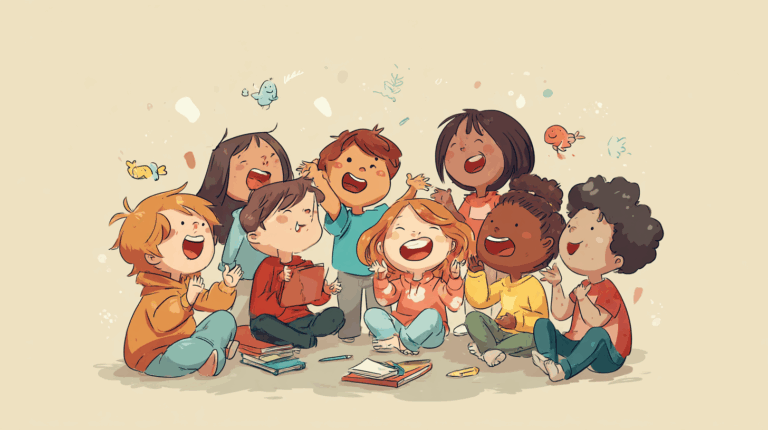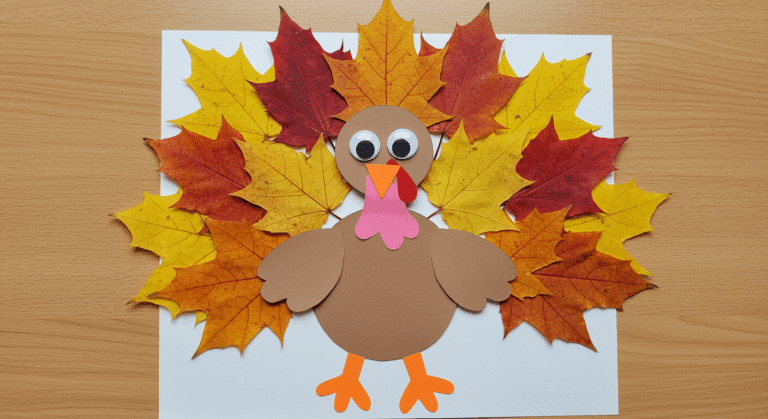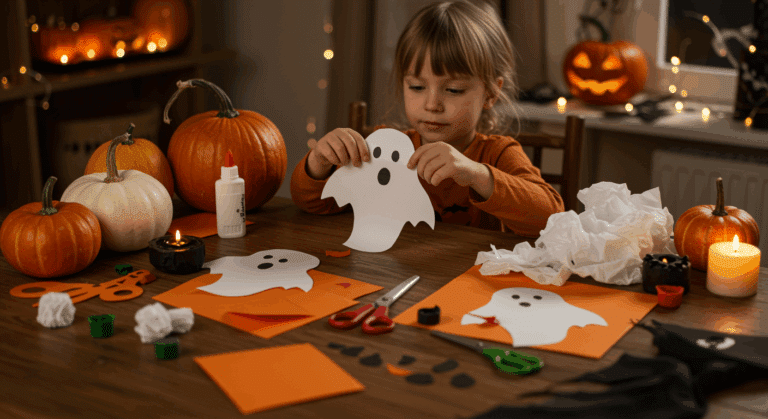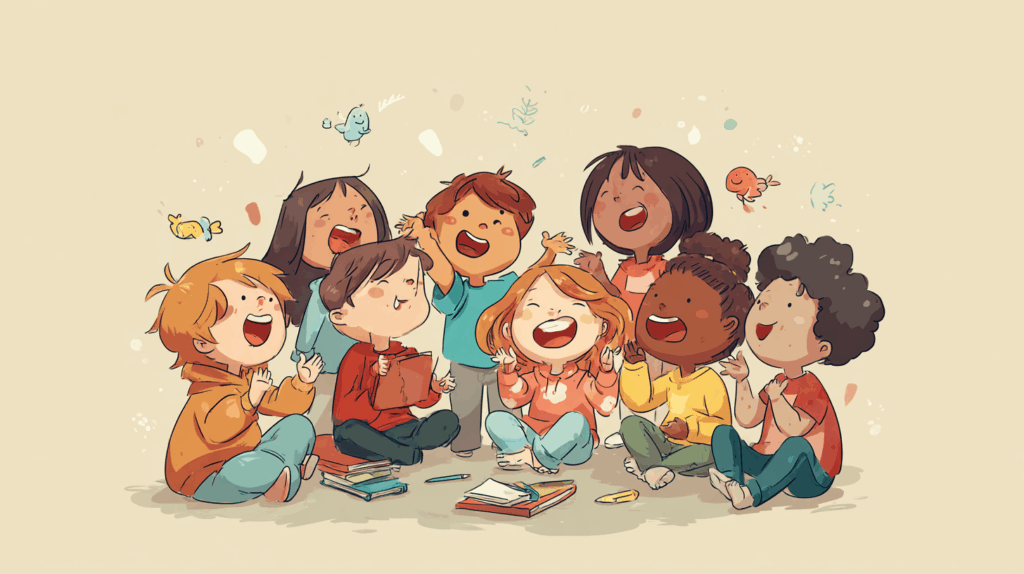Custom coloring books can be used for everything from corporate giveaways to personal art projects, client gifts, fundraisers, and therapeutic tools. If you’re thinking about creating one, you’re not alone — and fortunately, you’re not short on options.
But creating a coloring book that people actually want to use (and keep) takes more than just pulling together some stock art. The best ones are designed with a specific audience in mind, and they’re printed in a way that reflects quality and care.
So whether you’re putting together a branded coloring book for an event or making something artistic and personal, here’s how to design one that makes a strong impression.
Printing Your Custom Coloring Book: What You Need to Know
Before you get too deep into design, it’s helpful to understand your printing options. Thankfully, there are more online custom coloring book printers than ever before – so you’ll be able to choose the option that feels right for your project.
Most custom coloring books are printed with either saddle-stitch (stapled in the center) or spiral binding, but you can choose any number of binding and format options for your work. You’ll also want to think about paper quality, as it matters more than you might think in making an impression.
Know Who You’re Designing For
The first — and most important — step in creating the right custom coloring book is understanding your audience. A coloring book for stressed-out professionals at a wellness retreat will look very different from one designed for a design agency’s promotional campaign. Is this for adults or kids? Is it about relaxing, learning, branding, or all of the above?
Once you’re clear on the goal, every creative decision becomes easier.
Use Clean, Bold Line Art
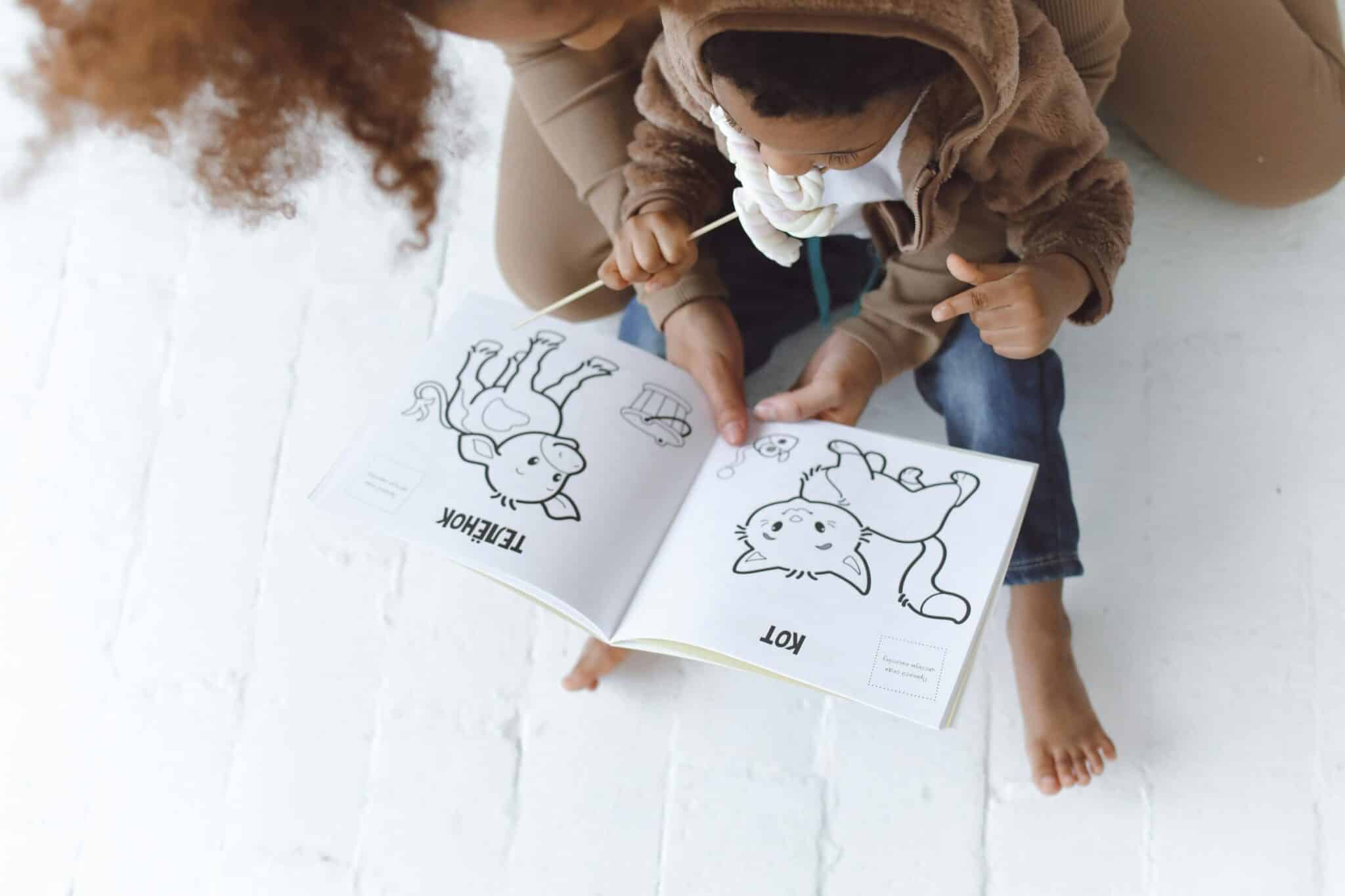
Coloring book illustrations should be clear, consistent, and printable in black and white, so stick to bold outlines and avoid too much detail in any one area. Intricate designs can be beautiful, but they should still be easy to color. Keep line weights consistent and avoid shading or grayscale elements, which don’t translate well to coloring.
If you’re designing digitally, use simple vector graphics when possible. This ensures your artwork scales cleanly and prints sharply. If you’re drawing by hand, scan your artwork at high resolution (at least 300 dpi) and clean it up in a design program before printing.
Balance Complexity Across Pages
One mistake many first-time creators make is overloading every page with excessive, unnecessary detail. Instead, try to offer a variety of complexity levels. Some pages might be dense and detailed for users who want to spend time really getting into it. Others should be simpler, offering a quick win or a moment of calm. Again, consider your audience here.
This variety keeps users engaged longer and makes your book more accessible to different skill levels.
Add Optional Prompts or Interactivity
While some people love pure illustration, others appreciate a bit of structure. Consider adding light prompts or additional exercises like “draw your version of this scene,” “write a note in the margin,” or “finish the pattern.” These touches make the book more personal and interactive, especially in books used for workshops or events.
If it fits your purpose, you can even include themed messages, affirmations, or brand elements subtly throughout; just be sure they add to the experience instead of distracting from it.
Keep Layouts Clean and Centered
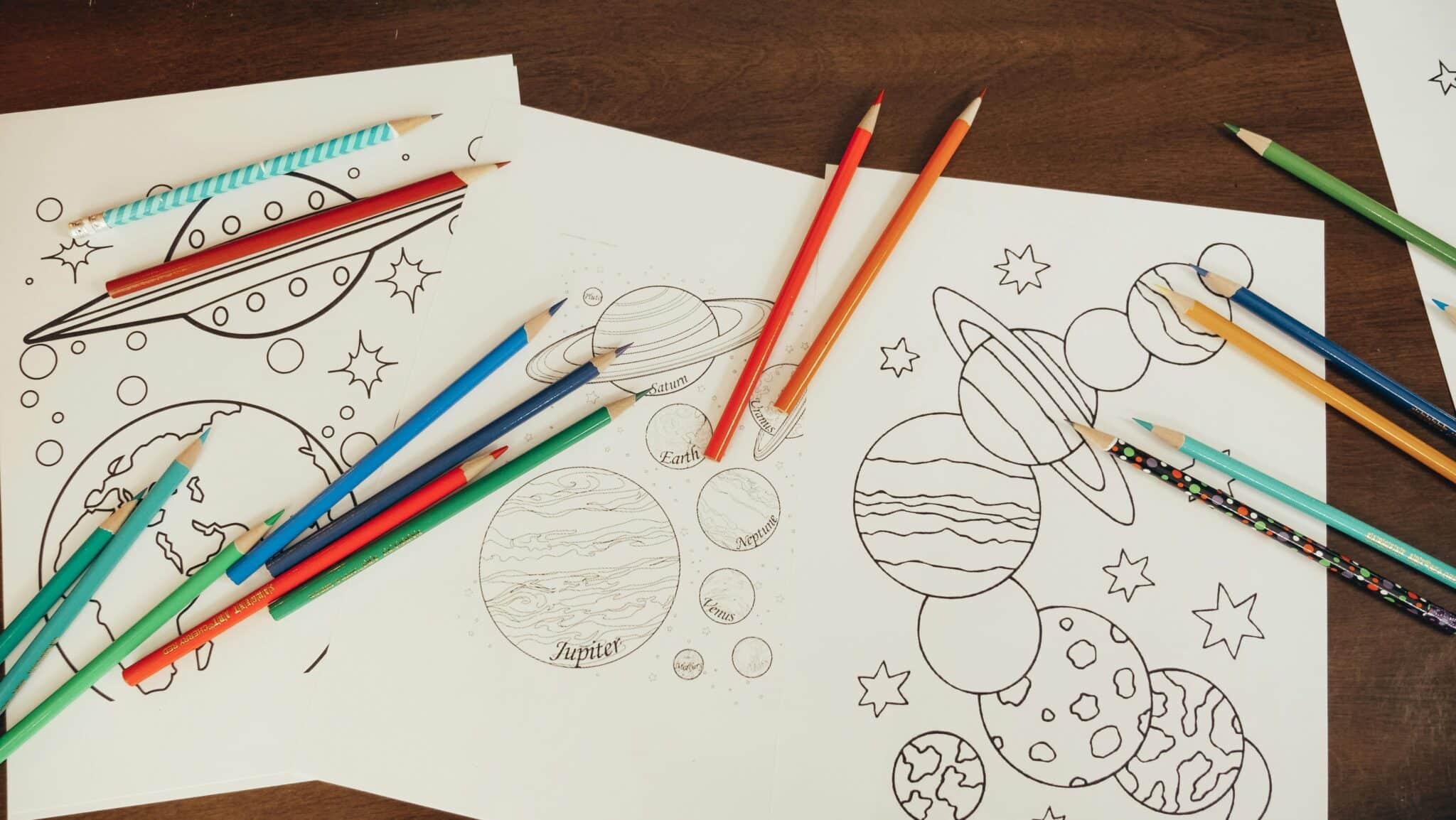
Give each page room to breathe. Center your artwork and leave ample margin space, especially if you’re using binding that cuts into the center fold. Avoid putting artwork too close to the edges, and keep facing pages consistent in layout. It makes flipping through the book smoother and helps the whole design feel more polished.
Don’t Forget the Cover
The cover is the first thing people see — and often the thing that convinces them to open the book. Include a strong title, a clear visual cue about the content, and a cohesive color palette (even if the inside is black and white). If this is a promotional item, consider incorporating branding tastefully on the back or inside cover rather than across every page.
A Creative Product with Lasting Appeal
A well-made coloring book doesn’t just entertain; it connects. It gives people something they can spend time with, share, and even keep long after the event is over. And unlike some branded materials that get tossed aside, a beautiful custom coloring book often finds its way onto shelves, desks, or coffee tables.
Whether you’re producing one for business, personal passion, or a special occasion, focus on quality, audience experience, and visual clarity. When you get those things right, your coloring book becomes more than a product — it becomes a memorable piece of creativity people actually enjoy.





